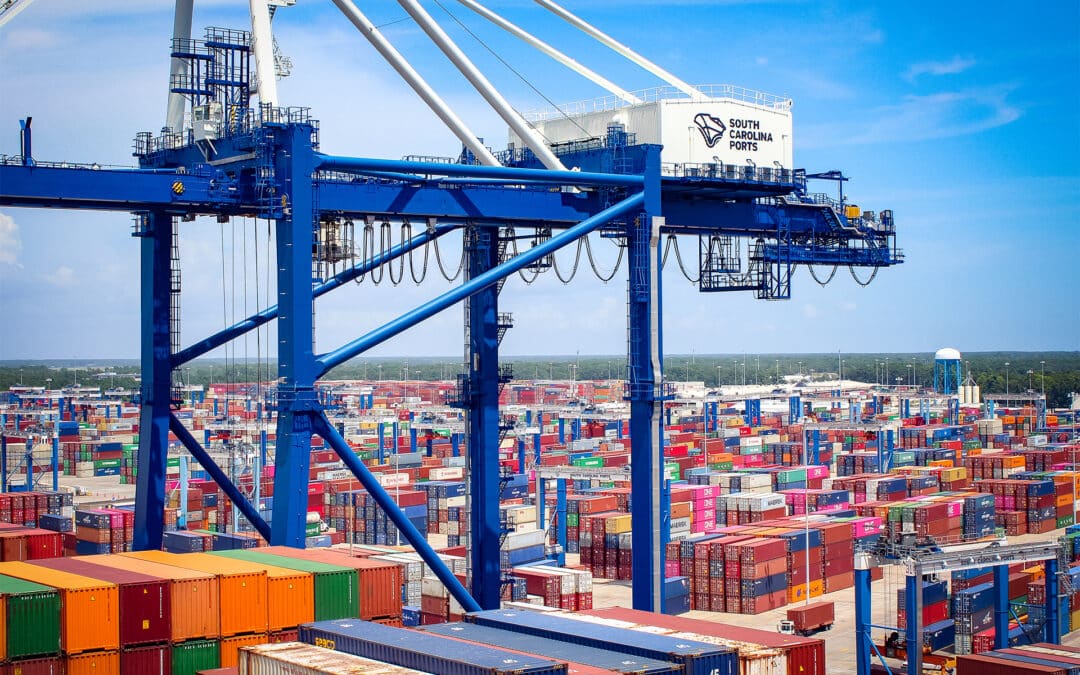Whatever else comes out of the year’s end, the holiday season experienced gains in online sales, according to Adobe Analytics and Signifyd.
Adobe Analytics pegged online holiday season retail revenue, defining the period as November 1 to December 31, at $222.1 billion, up 4.9% year over year from the 2022 period, when revenues hit $210 billion.
Cyber Monday led the way with sales of $12.4 billion, followed by Black Friday at $9.8 billion and Thanksgiving at $5.6 billion.
Discounting was steepest around Thanksgiving weekend, which represented a deep dive from modest savings offered beforehand. Average furniture discounting, for example, peaked at 21.1% on November 27, while appliance discounting peaked on November 23 at 18.8%, Adobe stated. Discounts gradually declined over the rest of the holiday period and were barely in evidence by the end of December except in the toys and television segments. Mobile revenue share was about even with that for desktops and other devices.
According to Signifyd, a firm focused on payment security and fraud prevention, online holiday sales grew by 7% in the fourth quarter, with October up 4%, November up 8% and December up 11%.
Grocery, up 27% year over year, led December’s digital sales surge, with electronics following at 19%. However, gains were broad, with home goods and decor up 4%. Beauty and cosmetics trailed with a 2% gain. Home goods and decor sales were flat year over year for the fourth quarter, while beauty and cosmetics gained 3%. Grocery led again in the full fourth quarter, up 24%, but electronics fell back, up 7%, and coming in after alcohol, tobacco and cannabis, up 19%, and leisure and outdoor, up 11%. In December, leisure and outdoor revenues gained 14%.
Signifyd maintained that, although conventional wisdom in the period up to the holidays was that consumers would shop early – and October sales events by major retailers provided some support for that thinking – shoppers’ spending shifted to a more traditional pattern as it increased month over month during the fourth quarter. J. Bennett, the company’s chief customer officer, noted that the purchasing pattern marked a return to pre-COVID years when the holiday peak shopping season stretched from roughly mid-November to December 20.
“Both we and our merchants were pleasantly surprised by the staying power of the consumer throughout what has typically been the peak holiday period,” Bennett said. “This felt like a return to normalcy, with consumers waiting for better deals later in the season. When retailers ultimately offered those deals, consumers responded in a big way.”





